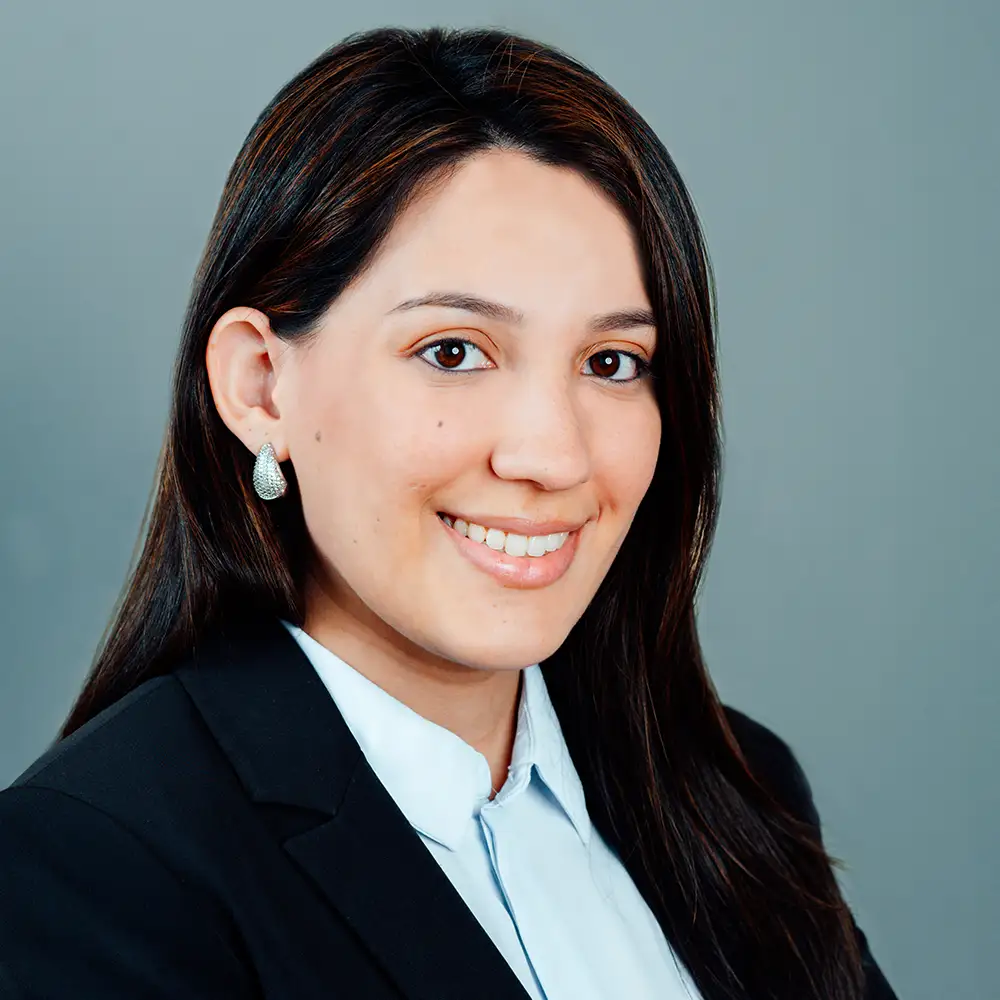CRS is not a topic that can be seen as something distant or “only for tax experts.” The reality is that we are moving toward an increasingly demanding world in terms of tax transparency, it affects those of us who work with structures such as corporations, trusts, and foundations.
The CRS is a standard created by the OECD that establishes the automatic exchange of financial information between countries. In other words, if a person holds a financial account in a jurisdiction other than their tax residence, that information is reported to their country.
And this is where trusts come into play. Many believe that because trusts are not bank accounts or directly under the banks’ radar, they are not subject to regulation. Depending on how the trust is structured and how the assets are managed, the trust may be considered a “financial institution” under the CRS.
For example, if the trust manages financial assets as its main activity, or if that management is delegated to an external firm, it can automatically fall under the category of “investment entity.” In that case, due diligence must be performed, the involved persons classified, and, if applicable, reported.
So, who are the individuals that could be reported?
The CRS is quite clear: the settlor, the trustee, the protector (if there is one), the beneficiaries (even if they are just a class of beneficiaries), and any other person exercising effective control over the trust. That is, not only those currently receiving money or benefits but also those who potentially could or who influence decisions. And if any of them is a tax resident in another CRS-participating country, they are reported.
And here I highly emphasize clients often seek structures with the idea of privacy or protection. However, as lawyers, we must explain to them that privacy has limits—especially when it comes to international standards like these. Suppose the trust does not qualify as a financial institution. In that case, it may still be required to provide information if requested by any institution with which it interacts.
Moreover, if the trust has a company as a beneficiary and that company is itself a financial institution, part of the trust’s information will still be reported. So, even if not directly affected, it is still impacted.
As lawyers who work with these types of structures, we need to understand how the CRS works—not to become tax experts ourselves. Still, to anticipate risks, structure transactions correctly, and, above all, explain to our clients how the world works today. We must look beyond simply drafting the document. If we don’t, we risk leaving the client exposed without their knowing it.
Read more articles here


